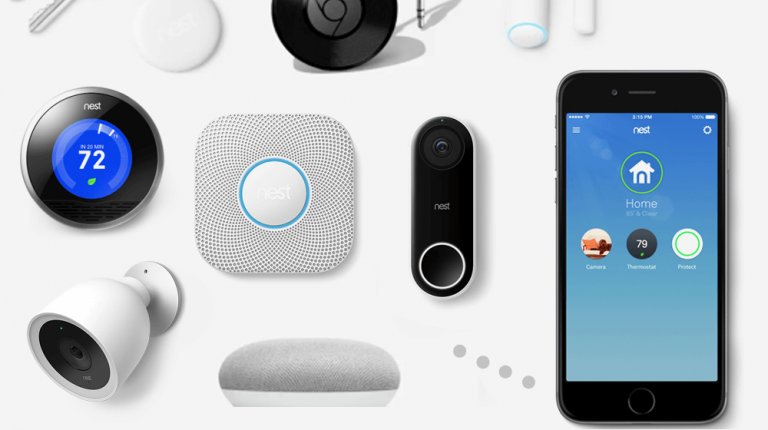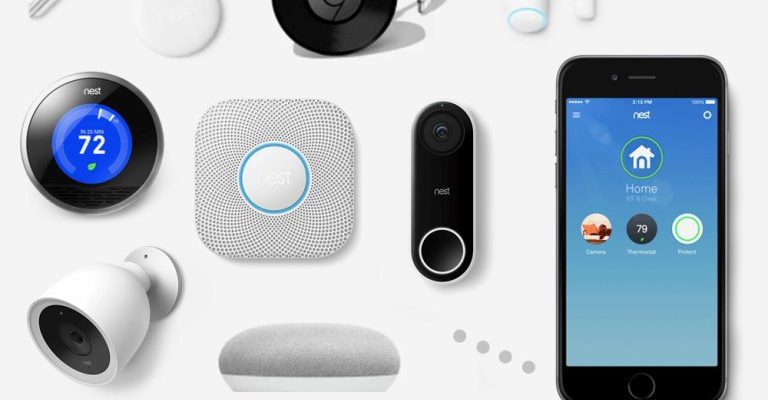
Honestly, the idea of warranty registration can feel like a chore—kind of like signing up for a newsletter you never read. But for Nest smart home devices, there’s a reason they encourage you to register. It can be the difference between waiting weeks for help or getting a quick fix. Let me explain why this matters, especially if you’re new to smart home tech and maybe a little wary of troubleshooting complicated setups.
What Is Warranty Registration and Why Does It Matter?
At its core, warranty registration is the process of officially telling the manufacturer, in this case Google (which owns Nest), that you’ve bought their product and when. You provide details like your purchase date, place of purchase, and sometimes the serial number. Think of it as a handshake that says, “Hey, this device is mine now.”
Here’s the thing: registering your Nest device creates a record in the company’s system. This can speed up service down the line because the support team already knows who you are and what you own. Instead of asking you to prove when and where you bought the device, they can pull up your info right away. This can be especially useful if your device starts acting up suddenly—like your Nest thermostat refusing to connect to Wi-Fi or your Nest Cam showing a blank screen.
Another reason warranty registration matters is that it may extend or clarify the coverage period. Some warranties start ticking only after you register, especially with online activation. So skipping this step could mean missing out on full coverage or faster troubleshooting options.
How Service Response Changes With Registered vs. Unregistered Devices
You might be wondering how big the difference really is when it comes to service response. Imagine two Nest users: one registers the product immediately, the other doesn’t. When they both hit a problem—say their thermostat won’t sync with the app—who gets help faster?
If the device is registered, the customer support rep can instantly verify the warranty status. This means less back-and-forth asking for receipts or proof of purchase. They can also check if your device has any known issues or recalls.
For unregistered devices, the process often slows down. Support might ask for additional documents or even delay offering replacements until the warranty is confirmed. That means more waiting, frustration, and possibly extra troubleshooting on your end.
So registering your Nest device gives you a smoother path to fixes, whether it’s a simple reset, a battery replacement, or a full unit swap.
Does Registering Help With Troubleshooting and Software Support?
Here’s a little secret: warranty registration isn’t just about hardware repair. It can also tie you to better software support and updates. Nest devices rely heavily on their app and cloud services, and sometimes a glitch can throw everything off.
When your Nest device is registered, you’re more likely to get prioritized help during troubleshooting calls or chats, especially if the issue relates to syncing, pairing, or firmware problems. Support agents can see your device’s history and settings, which helps them guide you through resets or code updates faster.
Plus, because Nest constantly rolls out software improvements and security patches, registered users might get notifications or offers for beta testing new features. It’s like being part of a VIP club where you stay ahead of bugs and performance issues.
Are There Any Drawbacks to Warranty Registration?
Okay, it’s not all roses. Some people worry about sharing personal info or feel annoyed by registration emails. That’s understandable—nobody likes feeling spammed or concerned about privacy.
Another issue is that registration doesn’t guarantee perfect service. Sometimes parts aren’t in stock, or wait times are long regardless of registration. It’s not a magic wand but more like a speed bump remover.
Also, if your device was bought secondhand or through a third-party seller, registration can get tricky. Nest products typically require the original owner to register, and transferring warranties can be a hassle or not possible.
That said, most users find the benefits outweigh these small negatives, especially for devices central to home comfort and security.
How to Register Your Nest Device the Right Way
If you’re thinking, “Alright, how do I do this without messing it up?” here’s a straightforward way.
- Find your device’s serial number: Usually on the back or bottom, or inside the app under settings.
- Go to Google Nest’s official registration page: Google often consolidates Nest support through their main support site.
- Create or sign in to your Google account: This ties your device to you.
- Enter the purchase details: Date, store, and payment info help confirm warranty start.
- Complete the registration: You’ll get confirmation, sometimes with tips on optimizing your device.
Doing these steps promptly after buying your Nest device is key. Waiting too long can complicate things if you run into problems.
Comparing Registered Nest Devices with Universal or Third-Party Remotes
You might also wonder how this plays out with accessories like remotes. Nest devices generally don’t use universal remotes like your TV might, but some smart home hubs or third-party apps can control them.
For official Nest remotes or controllers, warranty registration usually applies to the whole device package. If you’re using universal remotes or apps, those setups aren’t covered by Nest’s warranty. This means if the remote stops working, the support from Google might be limited or non-existent.
That’s another reason registering your official Nest components matters—it ensures every part you rely on is covered for quick fixes or replacements.
Real-Life Examples: When Registration Made a Difference
Picture this: Sarah bought a Nest Cam to keep an eye on her front porch. She registered it right away. One day, the camera stopped recording and wouldn’t sync with her phone. She called support and, since her warranty was confirmed instantly, they guided her through a quick reset and sent a replacement camera the next day.
Compare that to Tom, who didn’t register his thermostat. When it lost connection to Wi-Fi and froze, support took longer to help because he had to send receipts and prove the purchase date. It added stress and delay, right when he needed help most.
Stories like these aren’t rare. Registering your Nest device can be the difference between smooth recovery and a headache.
Final Thoughts: Is Warranty Registration Worth It for Nest Devices?
Honestly, registering your Nest smart home device feels like a small step with a surprisingly big payoff. It’s like putting your name on a VIP list for support—making every part of troubleshooting, syncing, pairing, or repairs faster and easier.
Here’s the thing: smart home devices are all about convenience and peace of mind. Skipping warranty registration is like buying an insurance policy and forgetting to sign your name on it. It won’t always cost you, but when things go wrong, you’ll wish you had.
So if you just unboxed a Nest thermostat, camera, or remote, take a few minutes to register it. You’re not just ticking a box—you’re setting yourself up for better service response and less hassle when you really need smart home tech to work without drama.
